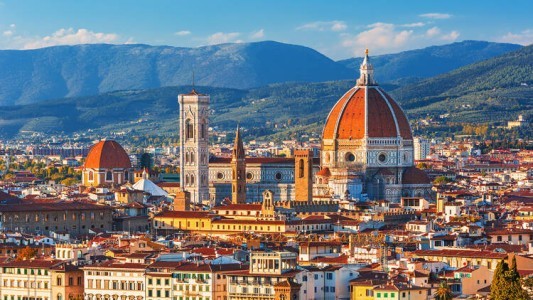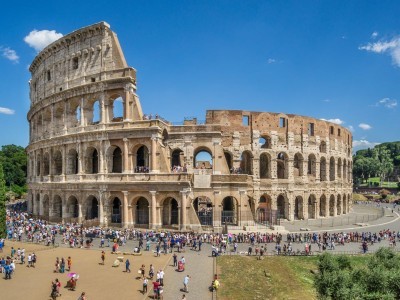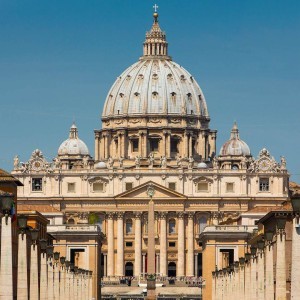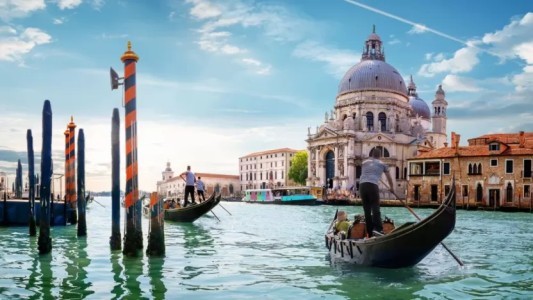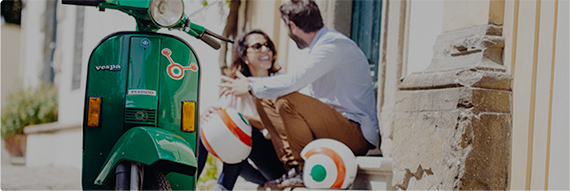Mannerist Florence
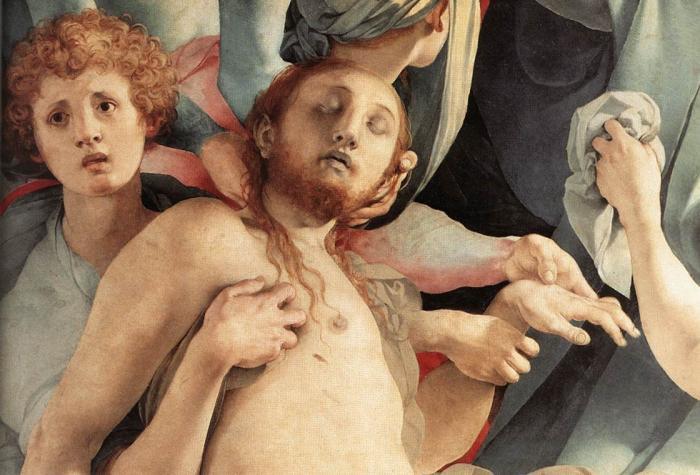
Florence may hold the world’s best concentration of Renaissance art, but the city also holds jewels of the often overlooked Mannerist movement that came shortly after. Mannerism is a term that comes from the Italian word maniera, meaning manner or style. Perhaps a reaction to the classical Renaissance, Mannerists elaborated on nature to show invention, emotion, and intellect rather than simply depicting the careful but obvious observation of nature. Characterised by elongated and exaggerated figures, twisting bodies, ambiguous space, and abstract colour, Mannerism was the link between the High Renaissance and the dramatic Baroque period that followed.
The painters best known as the masters of Mannerism were Jacopo Pontormo (1494-1557) and his student Agnolo Bronzino (1503-72). In their day they were considered the finest painters in Florence and were court painters for the Medici Grand Dukes.
Although the main museums hold some great examples of mannerist works, something that many people do not know is that you can see some of the best Mannerist works for free and with the paintings all to yourself.
The sumptuous Church of Santissima Annunziata is known for its Mannerist decorations. The central Cloister dei Voti, which you pass through to enter the church, is decorated with frescoes by some of the most famous early Mannerists around: Andrea del Sarto with his masterpieces, Birth of the Virgin Mary and Arrival of the Magi, Pontormo and Rosso Fiorentino. The corner immediately to your right as you enter the cloister has Pontormo'sVisitation and Rosso Fiorentino's Annunciation, both excellent examples of the mannerists' love of vivid colours and graceful, elongated bodies.
The scene of The Marriage of the Virgin Mary by Franciabigio, even today shows a Madonna without a face. It is said that the painter himself scraped it off in a fit of rage when he found out that the priests had uncovered the fresco to look at it before it was finished.
The real Mannerist treasures lie behind the door to the left of the church interior, which leads to the Chiostro dei Morti, the Cloister of the Dead. This is nowadays usually closed off to the public, but if you ask one of the monks in the church, they can open it up for you. Towards the far, left-hand corner is a small unassuming door. Step into the quiet chapel of St. Luke, and you will find yourself alone with the frescoes and looming sculptures. In between these sculptures are two wonderful examples of master and student: on the left is Pontormo’s Sacra Conversazione, completed when he was just 19 years old. Opposite this is the Trinity, begun by Bronzino and finished by his student Alessandro Allori. This fresco marks the burial place of Pontormo, and you can see the memorial left to him by Bronzino: two portraits. Bronzino himself is on the right, Pontormo on the left. Before you leave the chapel also take a closer look at the painting in front, St Luke painting the Virgin Mary. This is by Giorgio Vasari, himself a Mannerist, and the face of St. Luke is a self-portrait.
On the other side of the river, just steps away from the Ponte Vecchio is the church of Santa Felicita. Upon entering, to your direct right you will find the Capponi Chapel, a small encaged alcove holding one of the most fascinating paintings in all of Florence: Pontormo’s Deposition, finished in 1528. The Virgin Mary swoons with grief, as two elongated figures hold up the body of Christ; one of them, coloured in a rosy light, crouches on tip-toes. Five other figures hover around the Virgin, while on the edge of the painting looking into this scene (but distinctly out of it), in a brown cloak, is a self-portrait of Pontormo.
The intriguing Capponi chapel's frescoes are amongst Pontormo's most important works. His favourite student Bronzino may have just assisted with these frescoes, but according to Giorgio Vasari, Bronzino completed two of the four tondi (roundels) of the four evangelists in each upper corner of the chapel, a claim that is much contested by contemporary scholars due to the fact that the styles of the two painters are so similar and difficult to distinguish.
One of the most important painters of the 16th century, Bronzino was made the official court painter to the Medici family early in his career. Despite this prestigious title, Bronzino's influential role in the art world and meticulous works were (much like his master, Pontormo) overlooked for centuries before getting much deserved recognition in more recent times.



